India is home to approximately 50,000 plant species in the world. Around 6 percent of world species of flowering plants are found in the country. It is one of the 17 mega-diversity regions of the world, and eleventh in respect to the number of endemic vascular plant species. Around 28 percent of flora in India is endemic, i.e., found only in the country.
It is thanks to the soil type, climate conditions, ecology, and topographic variations of the country, that it displays such floral bounty. Among the 35 biodiversity hotspots in the world, India has four hotspots namely Himalaya, Indo-Burma, Western Ghats, and Sundaland (Nicobar group of islands). But in recent times, around 20 percent of the plant species that grow here have been either classified as endangered or threatened.
The number of Indian plants in the IUCN (International Union for Conservation of Nature) Red List is steadily rising much to the dismay of conservationists. In 2018, the Red List featured 4537 endangered species globally while in 2019-20, this number went up to 4,993. In 2019, around 176 endangered species were recorded from India. The major threat noted were habitat destruction due to increased pollution, over-utilization of chemical fertilizers and plastics, urbanization, and global warming.
Take a look at some of the most threatened plant species found in India, that are in urgent need of conservation:
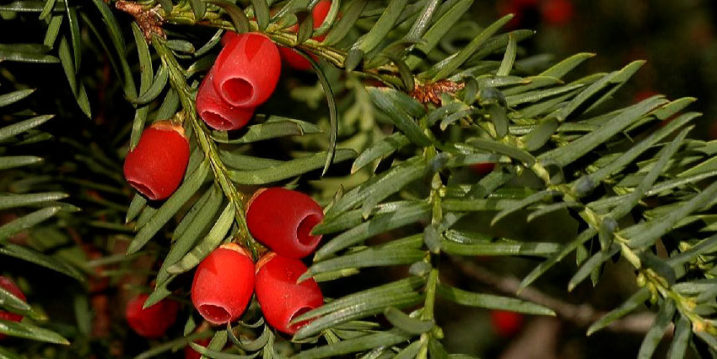
#1 Amentotaxus assamica
Conservation Status: Endangered
This endangered plant species are present in Arunachal Pradesh, including Turoo hills, Dafla hills, and Delei valley. It is also found in the deciduous forest of Assam. It belongs to the coniferous tree group in India. This plant is also called as Assam catkin yew and is locally used for house construction.
Also Read: How do Trees Practice Social Distancing?
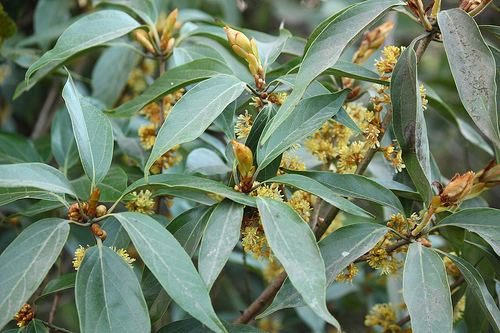
#2 Actinodaphne lawsonii
Conservation Status: Vulnerable
This vulnerable plant species, which belongs to the Lauraceae family, is present in the evergreen forest region of Kerala. It is found in the high elevation between 1200 to 2400 meters. Its aromatic leaves have medicinal use. The plant population is decreasing because of habitat loss.
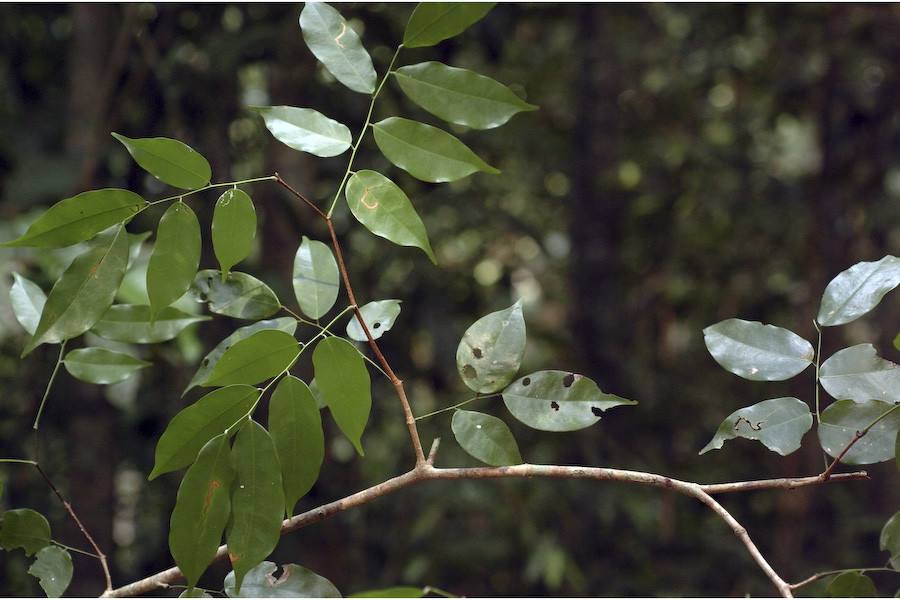
#3 Kingiodendron pinnatum
Conservation Status: Endangered
This endangered plant species, commonly called Malabar Mahagony, is found in Kerala, Karnataka, and Tamil Nadu. This evergreen tree, which grows up to 30 meters tall, is best known for its wood. It grows at elevations up to 1000 meters. The balsam obtained from its trunk is used as a medicine to treat gonorrhea as well as catarrhal conditions of respiratory and genito-urinary tracts.
Also Read: Older Trees Fight Global Warming Better than Younger Ones
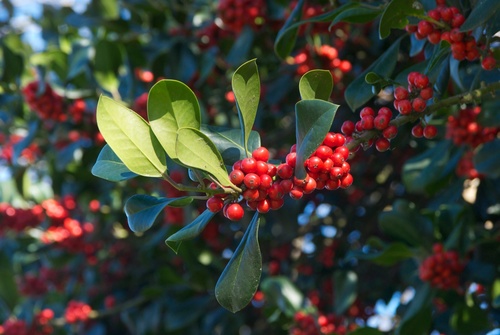
#4 Ilex khasiana
Conservation Status: Critically Endangered
This critically endangered plant species are found only in Shillong Peak in Meghalaya, where only four rare specimens are available. It grows up to 15-20 meters tall. The plant is so threatened because seed germination in nature happens very rarely and viable seeds have a prolonged stage of dormancy.
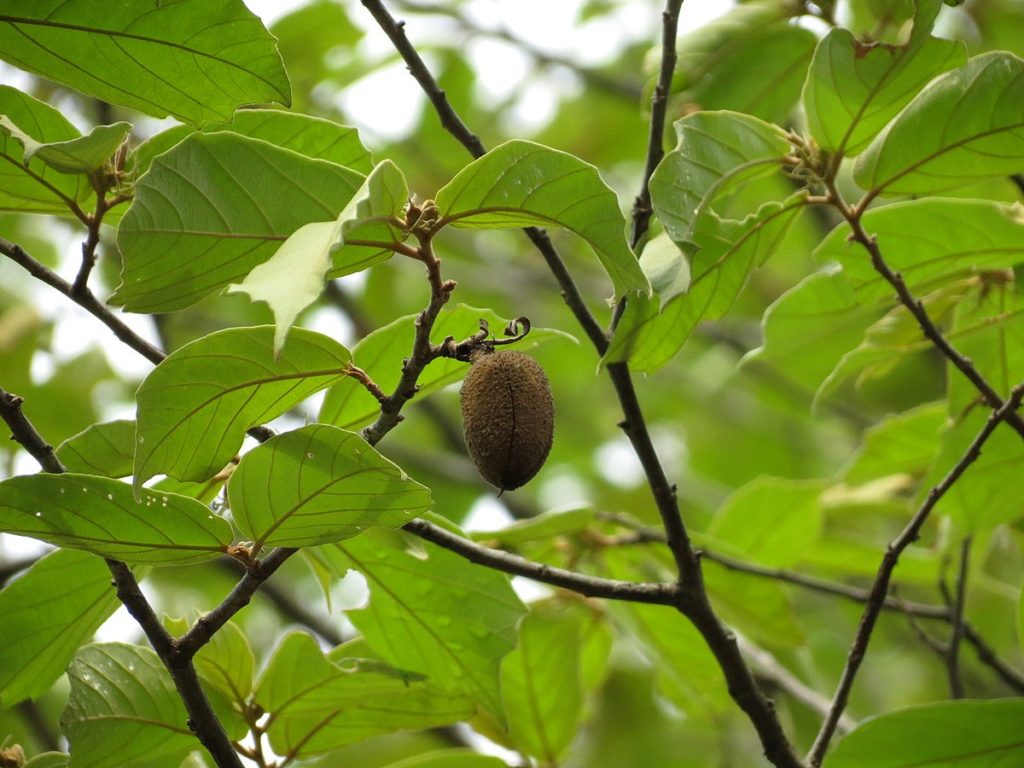
#5 Pterospermum reticulatum
Conservation Status: Vulnerable
This vulnerable plant species, otherwise called as Malavuram or Malayuram, is rare in Kerala and comes under threatened list in Tamil Nadu. It can grow up to 20 meters tall. The bark is grey in color, whereas its flowers are white in color. Its bark has got excellent antioxidant and anti-inflammatory properties. It is used against bronchitis, cough, malaria, sterility, hepato-biliary ailments and rickets.
Also Read: Big, Old Trees are Dying
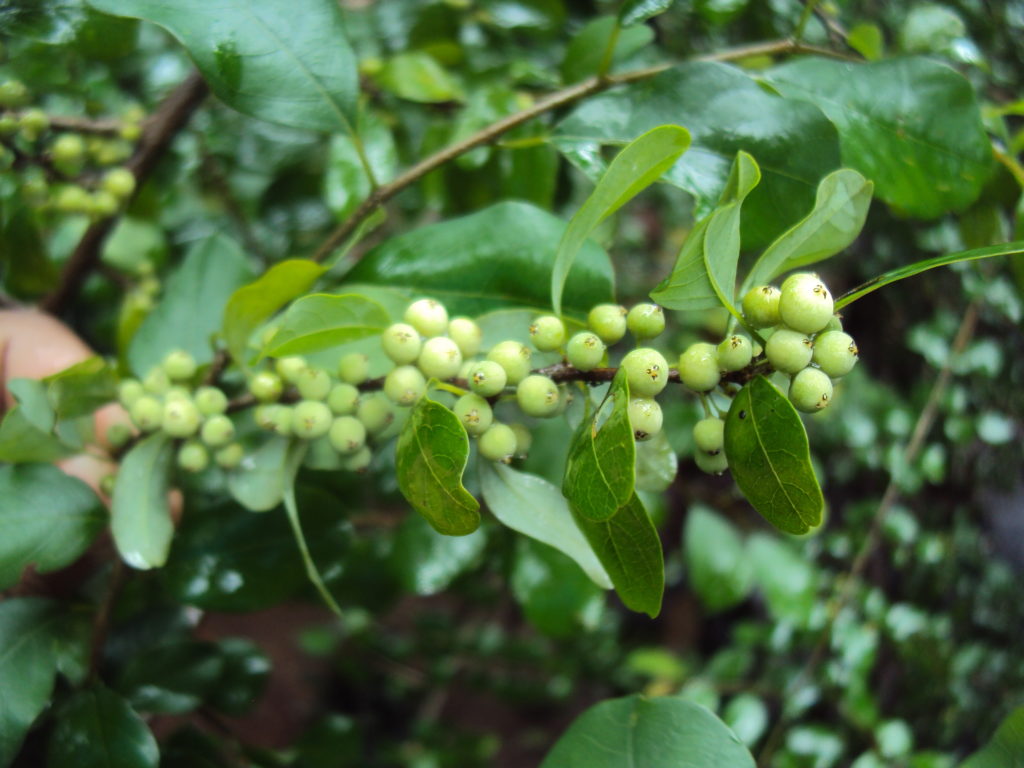
#6 Commiphora wightii
Conservation Status: Critically Endangered
This rare shrub is commonly called guggul which blooms between September to January month. It grows up to a height of 3-3.5 meters. It is present only in Gujarat, Madhya Pradesh, Maharashtra, and Rajasthan. This shrub is used to treat arthritis, urinary disorder, rheumatism, obesity, piles, high cholesterol, and skin diseases. Invasive non-native species have led to a decrease in numbers of this species.
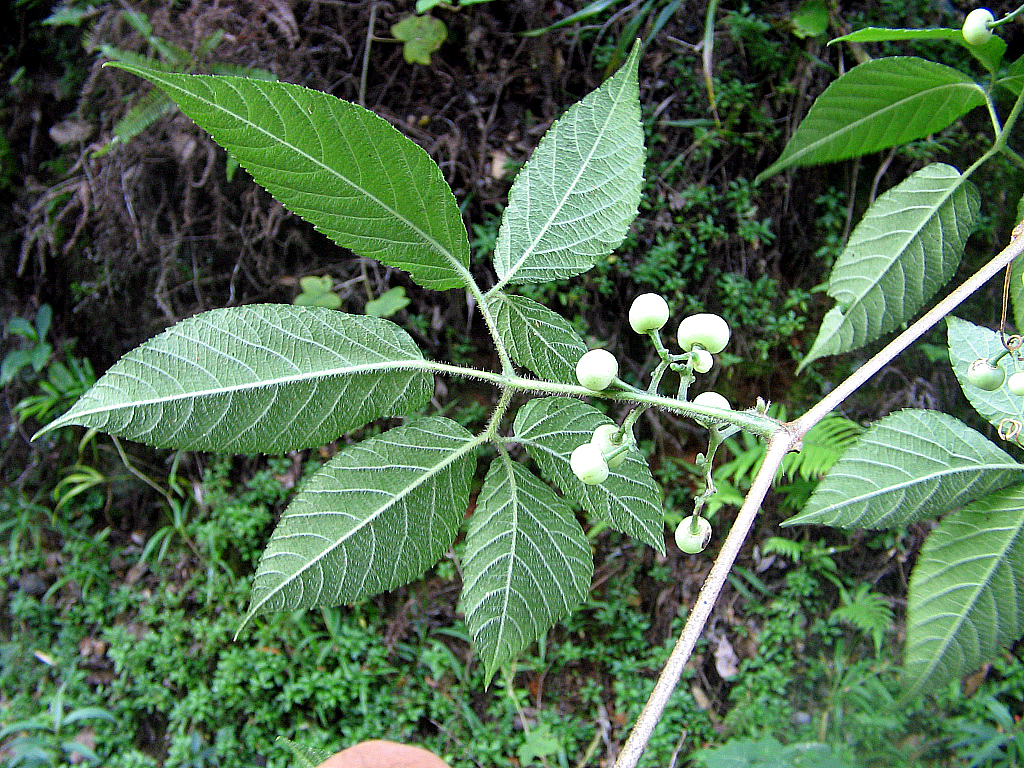
#7 Cayratia pedata var. glabra
Conservation Status: Critically Endangered
This plant species is confined only to Tamil Nadu & Kerala states. It blooms only during the month of March to August. It is used to treat hysteria, diarrhea, and ulcer. It has got astringent properties.
Also Read: Changing Physiology of Plants could be Boosting River Flooding Worldwide
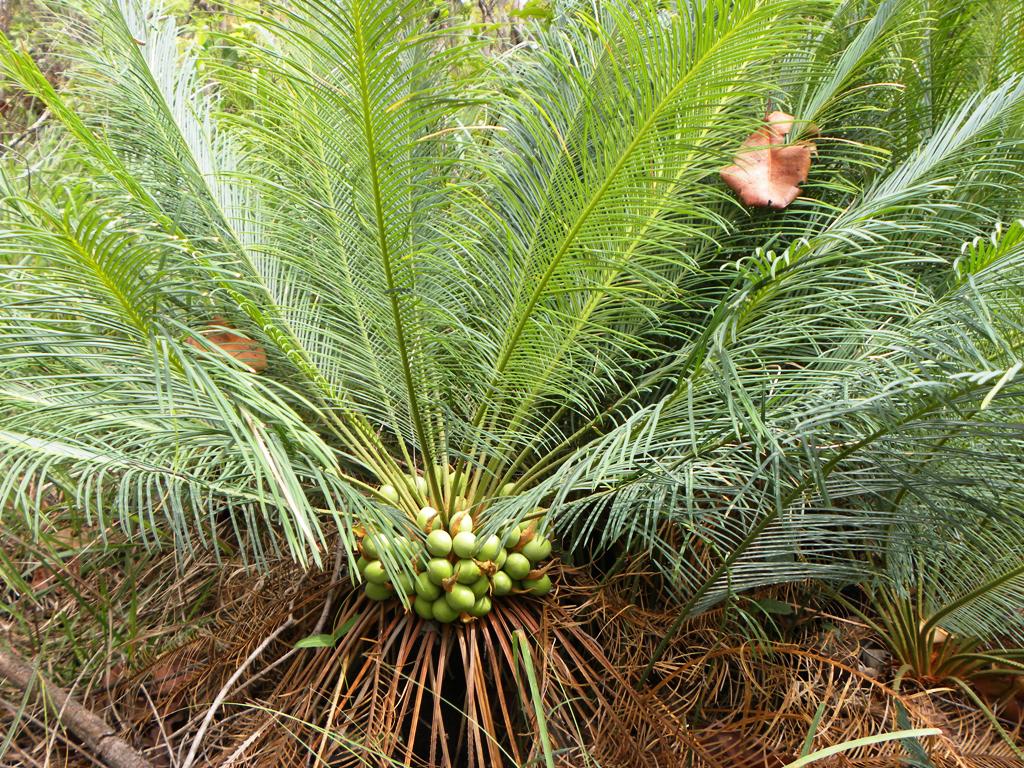
#8 Cycas beddomei
Conservation Status: Endangered
This endangered plant species is confined only to the Andhra Pradesh region. It blooms during the month of July to December. The male cones of this plant are used to cure muscle pain and rheumatoid arthritis in Ayurveda.

#9 Santalum album
Conservation Status: Vulnerable
This is the Indian sandalwood tree. It is found only in Southern India (Tamil Nadu, Kerala, Karnataka, and Andhra Pradesh). It blooms during the period of December to April. This tree is used for medicinal purposes since it has antipyretic, sedative, diuretic, and disinfectant properties. It helps to treat skin ailments, bronchitis, gonorrhea, and acidity.
Also Read: 11 Himalayan Animals and Plants Fighting Climate Change

#10 Decalepis hamiltonii
Conservation Status: Endangered
This endangered plant species are prevalent in peninsular India and grows along rocky slopes and crevices. This plant blooms during the month of August to May and also called Swallow root. It is well known for its antimicrobial, antioxidant, antidiabetic, anti-inflammatory, neuroprotective, hepatoprotective, cytoprotective, chemoprotective, and insecticidal properties. Housing, urban areas, roads, and railroads are destroying the plant’s habitat.
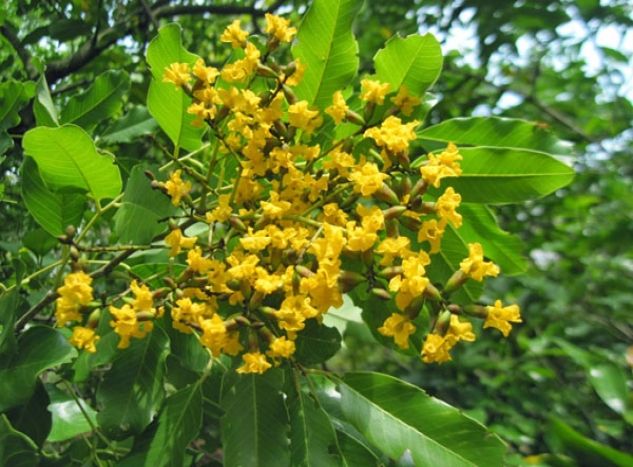
#11 Pterocarpus marsupium
Conservation Status: Near Threatened
This threatened plant species, otherwise called as Indian Kino Tree, is present in Maharashtra, Orissa, Rajasthan, Madhya Pradesh, West Bengal, Uttar Pradesh, and entire Southern India. It blooms during the month of November to April. This deciduous tree reaches the maximum height of 30 meters. It is used as an astringent. It has both anti-diabetic and anti-inflammatory properties.
Also Read: Growing Non native plants in your backyard decreases bird population

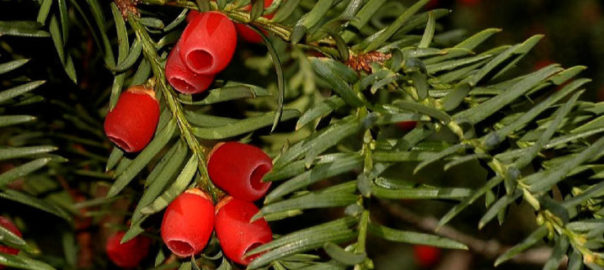
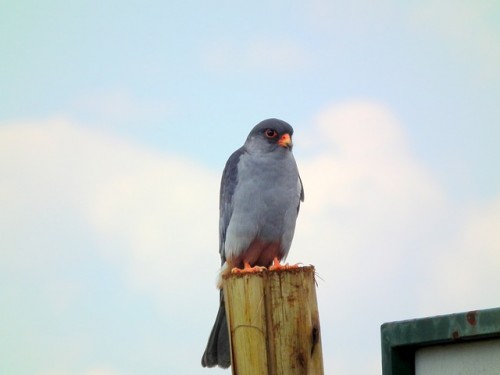
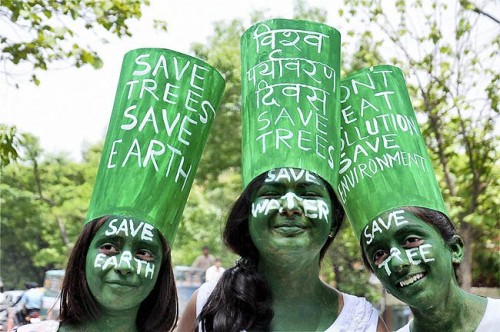
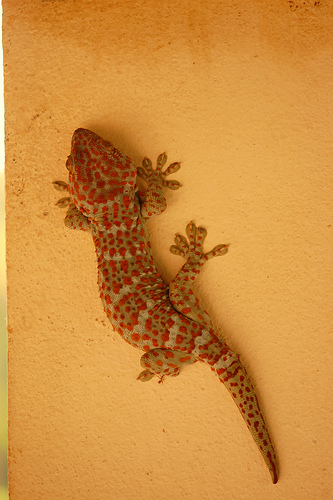
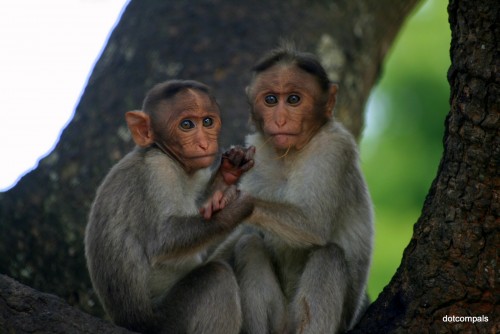
One thought on “11 Threatened Plant Species from India”